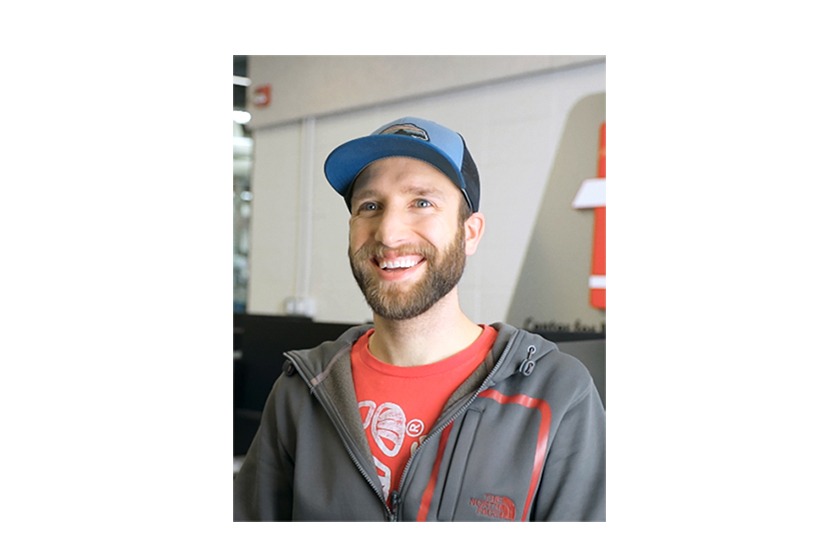
A computer numerical control lathe is directed by computer-generated code. This code tells the machine exactly where and how to cut, and it’s created by CNC software. When programmers need to find the best way to make a part on a lathe, they use their CNC CAD/CAM software to plan the machining motion. If you’re considering adding CNC lathe software to your shop, here are the five most important things to know.
1. It Can Take a Part from Start to Finish
With the right CNC lathe software, you should be able to set up your part on one machine (hopefully just once) and run it until completion. Your software should be able to direct roughing, grooving, threading, and finishing the vast majority of your turned projects. If it has both CAD and CAM capabilities, it should even allow you to design and model your part in the same interface you use to program machining.
2. Pairing it with Mill Can Double its Effectiveness
For those parts that can’t be machined solely on a conventional lathe, consider pairing your lathe software with a mill-turn solution. By combining these two different techniques – milling and turning – you can still machine a more complex part on one machine. The right mill-turn product will offer tools like drilling and face or cross contouring.
3. It Should Offer Its Own Simulation
While third-party simulation tools can be incredibly powerful, your CNC lathe software should come with its own standard simulation. This simulation will naturally pair with and critically analyze each preprogrammed toolpath in your file, seeking out and marking potential issues. Not only should it verify toolpaths, it should also check for collisions, gouges, and air cuts.
4. It Might Need a Post Processor
Every lathe and turning machine works slightly differently than the next. The numerous configurations of headstocks, tailstocks, beds, and carriages each offer specialized cutting for various applications. However, that also means that pairing your CNC software with the different machines in your shop might take one more step. Post processors translate the CNC code created by your software into data usable by each specific machine, ensuring that tool and stock motion convert seamlessly.
5. Its Benefits Extend Past its Machine
On the surface, it’s clear how using CNC software would be better than programming by hand: time savings and reducing operator error. In practice, though, it does so much more. As more and more shops are getting certified and adhering to strict manufacturing standards, process tracking and repeatability is becoming more important. By having digital data on each part – how it was designed, its toolpaths, which tools were used on it, etc. – you’re ensuring that it will always be made the same way, no matter when it’s ordered.
Mastercam’s Lathe Solution
The Mastercam Lathe Solution offers users everything they need to be successful with turning. One part can be made from start to finish within this product. Its advanced CAD capabilities give users the ability to create intricate 3D models before bringing the file into the CAM portion of the software. There, proven toolpaths are just a click away, ready to take the part from roughing to finishing. It even offers multiaxis tools as well.
Before machining begins, users can take advantage of the in-software simulation, which verifies tool and stock movement to catch problems before they can happen. For more complex parts, users can bring in Mastercam Mill-Turn which provides the best of both milling and turning. Most CNC turning centers will already have a custom post created for pairing with Mastercam, but our Applications Engineers are always happy to help design post processors for any machines that you may have.
Get Started with Mastercam
Ready to try Lathe or Mill-Turn? Reach out to your local Reseller today.


